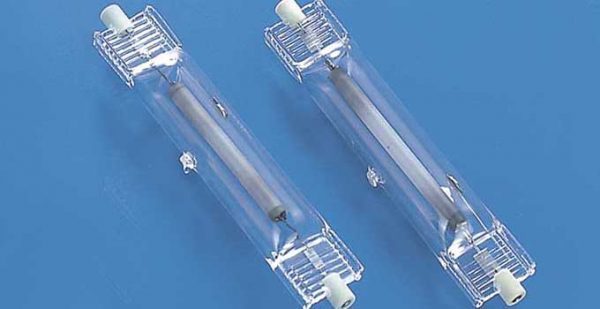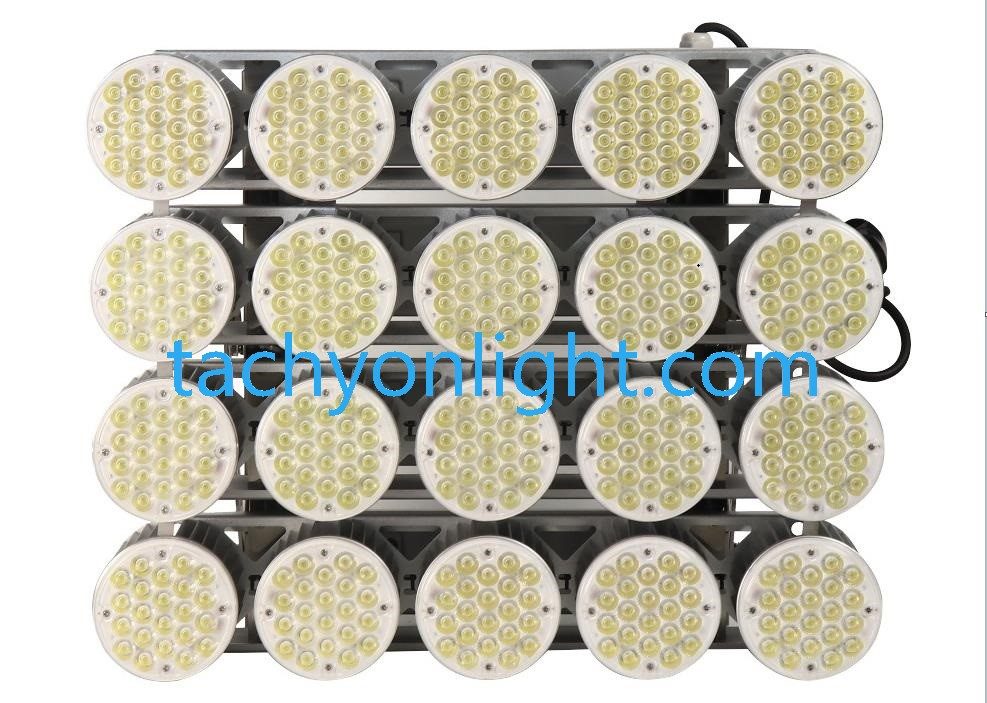Introduction
There are many types of light bulbs on the market. Led lamps, incandescent lamps, and energy-saving lamps are all
mainstream light bulb products. Choosing a bulb should not only consider the quality of the bulb, but also the energy
consumption of the bulb. What is the difference between LED lamp and incandescent lamp? Are there any disadvantages of LED lights? The editor below tells netizens how to distinguish between LED lamps and incandescent lamps.
What is HPS?
The high-pressure sodium lamp uses the arc generated between the two ends of the arc tube after being electrified.
Due to the high temperature of the arc, the sodium amalgam in the tube is heated and evaporated into mercury vapor and sodium vapor.
When the electrons emitted from the cathode move towards the anode, they collide with the atoms of the discharge material to generate ionization or excitation, and then return from the excited state to the ground state, Or from the ionized state to the excited state, and then back to the ground state infinite cycle, at this time, the excess energy is released in the form of light radiation, and light is produced.
What is LED?
LED (light emitting diode) is a kind of solid-state semiconductor device, which can convert electricity into light directly. The heart of LED is a semiconductor chip. The semiconductor chip is composed of three parts. One part is p-type semiconductor, in which holes dominate and the other end is n-type semiconductor. When the current acts on the chip through the wire, the electrons and holes will be pushed to the quantum well. In the quantum well, the electrons and holes will compound, and then they will emit energy in the form of photons. This is the principle of LED luminescence. The wavelength of light, that is, the color of light, is determined by the material that forms the p-n junction.
Comparison between LED and HPS
Comparison of LED and HPS lamp–about energy efficiency analysis and comparison:
The lighting installation power of the two should be compared on the premise of reaching the same illuminance (brightness) level and similar lighting quality standards. Because high-pressure sodium lamps and high-power lamps (250~400W) have high luminous efficiency, up to 130~1401m/W, while low-power lamps (100~150W) have luminous efficiency about 80~1001m/W, and high-power LEDs are currently used 1W LED lamp beads are mostly used in street lamps, and their luminous efficiency is similar, so it is advisable to analyze high-power street lamps and low-power street lamps separately.
- High-power (≥250W) street lamps: high-pressure sodium lamps have high lighting efficiency, considering three factors such as ballast loss, lamp efficiency and light path utilization. If the overall efficiency is calculated as 0.55, the effective light efficiency of the sodium lamp is about 70~ 751m/W; the effective luminous efficiency of LED street lights is currently about 621m/W in the United States, and the best domestic companies have reached 56~581m/W. Therefore, for high-power street lamps, LEDs are currently less energy efficient than sodium lamps.
2. Low-power (≤150W) street lamps: the effective luminous efficiency of sodium lamps (included in the overall efficiency of 0.55) is about 45~551m/W, while the LED is still calculated at 56~581m/W, the LED can achieve 10% energy saving than sodium lamps ~20%, up to 30%. From the above analysis, it can be seen that when the low power (≤150W) is used in the branch, the LED street lamp can save energy by 10%~30% compared with the sodium lamp, while the high power is still not as efficient as the sodium lamp.
Therefore, those general claims that LED street lamps are more energy-efficient than high-pressure sodium lamps, even 50%, 60%, etc., are obviously exaggerated and hyped. We should adhere to the principle of scientific analysis and seeking truth from facts, otherwise it is easy to mislead users and the general public.
Comparison of LED and HPS lamp–Analysis of light source color on road lighting effect
The correlated color temperature (Tcp) of high-pressure sodium lamps is about 2100K, which is a warm color temperature, and its color rendering index (Ra) is only 23~25, and the color rendering is low; while the color temperature currently used by LED street lights is mostly greater than 5300K, which is a cool color temperature, which is better The Ra can reach 70~80, and the color rendering is high.
Comparison of LED and HPS lamp–economic analysis and comparison
High-pressure sodium lamps are about 1200~1500 yuan per set; at present, the price of LED street lamps varies greatly according to the power size, about 4000~8000 yuan. As far as the status quo is concerned, LED street lights are obviously too expensive, the price is as high as 3 to 5 times. As before, LEDs of less than 150W can save energy by 10%~30%, and each lamp saves about 50~150KWh every year. It is impossible to recoup the extra cost of buying lamps. It can only be expected that in the next few years, the price of LED will gradually decline and the energy efficiency will be further improved, and then compare its economic performance.
Comparison of LED lamp and HPS lamp–service life analysis
The comparison service life should be based on the whole lamp life. High-pressure sodium lamps include light sources, electrical accessories (mainly ballasts, triggers) and lamps. Sodium lamps are used in street lamps with an average life span of 3 to 5 years. Energy-saving inductive ballasts will not be less than 20 years, and the same is true for lamps.
Maintenance performance comparison
The users represented by urban street lamp management departments are more concerned about the maintenance
performance of street lights. According to the analysis, the maintenance performance of HPS lamp is good. As long as the lamp is scrubbed, it is not necessary to replace it. The ballast is rarely replaced. The light source is replaced once every 3-5 years, which is also very convenient.
However, LED street lamps, LED tubes, modules (including lens, power supply device, etc.) are more likely to be damaged, and it is difficult to repair and replace them. It is likely to replace them as a whole with high cost , which needs to be solved in the future. There is no standard for LED streetlights to follow, which is disadvantageous to bidding, ordering, use and maintenance.
To sum up, we believe that led street lamp is a new thing in recent years, with the development of LED industry, it will have greater development and broad prospects. However, there are still many problems in the current application situation. Although a few enterprises engaged in LED street lamp research, development and production have made great efforts to solve some technical problems and promote the progress of the product, they are worthy of the elite of the industry.
However, on the whole, the level, quality, uneven and great difference of LED street lamp products have not been standardized. Some of them are eager for quick success and instant benefit, their energy efficiency is not high, the heat dissipation problem is not well handled, the light attenuation is very big, the service life is not long, and there is no reasonable light distribution, so it can not meet the requirements of popularization and use.
We hope that the scientific research, teaching and design units, users and production enterprises will work together to solve various technical problems, improve the product level, formulate and perfect a series of standards, and make preparations for the popularization and application. In terms of popularization and application, we should adhere to the principle of gradual progress, start from the pilot, sum up experience, and constantly improve; we should start from the application of small power LED street lights to branch roads and community roads, and then develop to trunk roads and high-power street lights, and gradually promote.
No matter what light source and lamp are used, they should comply with the provisions of “urban road lighting design standard” (CJJ45-2006), including brightness, illumination, uniformity and other quality indicators. We should insist on seeking truth from facts and avoiding exaggeration. also we should insists on lighting quality and brightness level, the combination of technology and economy, application and energy conservation and environmental protection, prevents excessive speculation, serves users, and is responsible for users.
It is not easy to say what kind of light source is to be replaced. It should be improved continuously after several years of efforts, so as to become a high-quality and efficient new light source and lamp for users to choose. Let the user speak, let the use effect to evaluate.

